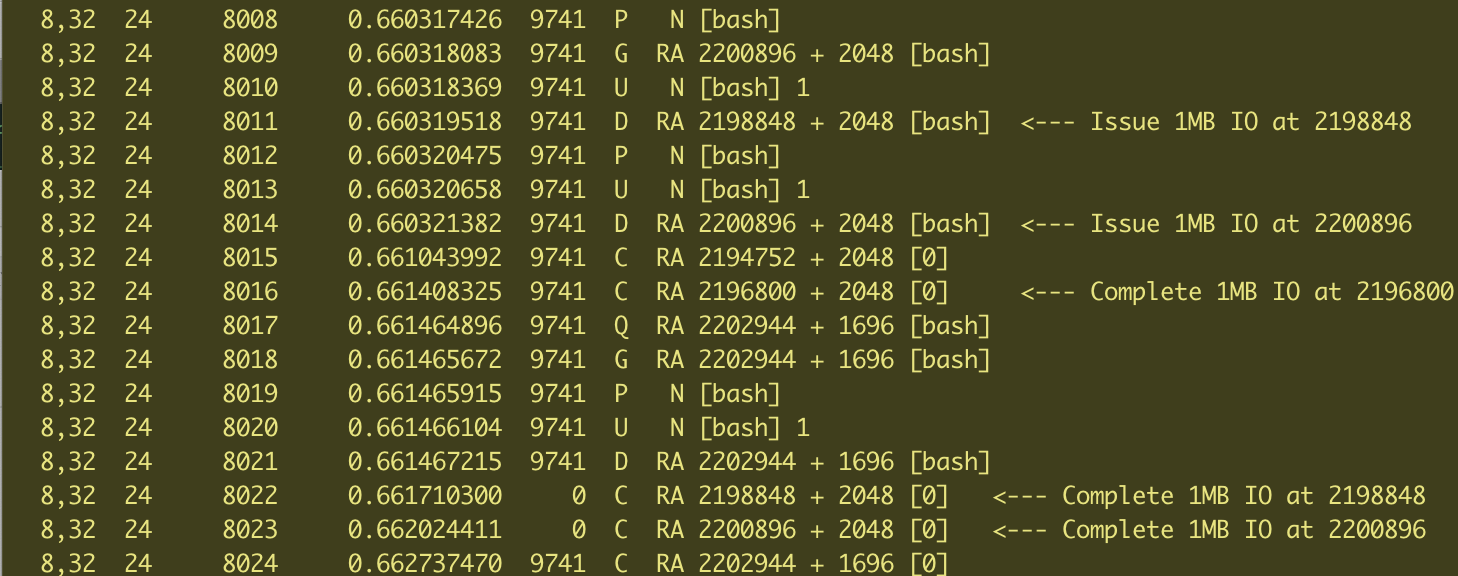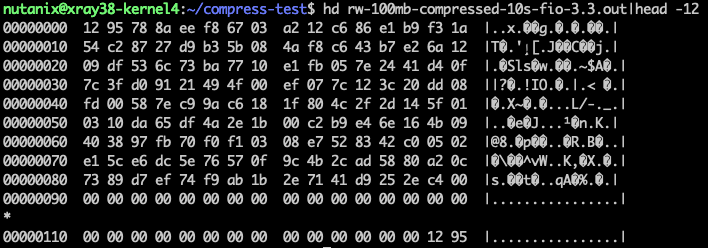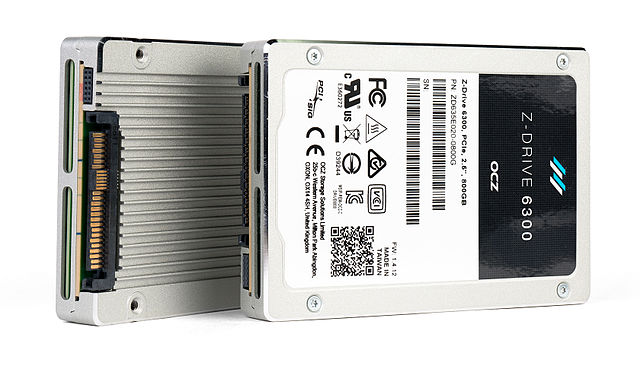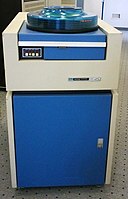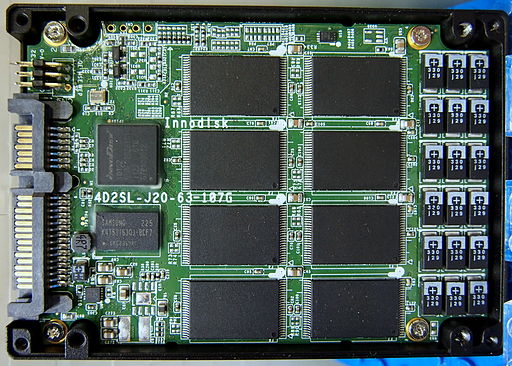1 min read
0
Effect of POSIX_FADV_SEQUENTIAL and POSIX_FADV_RANDOM on IO performance.
Previously we looked at how the POSIX_FADVISE_DONTNEED hint influences the Linux page cache when doing IO via a filesystem. Here…
